Cycling is a low-impact, high-reward form of exercise that builds endurance, strength, and cardiovascular health. However, even with its many benefits, cyclists are not immune to overuse injuries, muscle imbalances, and joint strain—especially in the knees, hips, and lower back. Whether you're recovering from an injury or aiming to prevent one, integrating rehab-focused practices into your routine is crucial.
Here are five practical, coach-style rehab tips that emphasize proper form, mobility, and smart modifications to keep you pedaling strong and pain-free.
Many cycling injuries stem from weak or underactive glutes and tight hip flexors—common issues due to prolonged sitting on the saddle. When glutes don’t engage properly, other muscles like the quadriceps, hamstrings, and lower back compensate, leading to strain.
Coach’s Tip: Begin each ride or rehab session with glute activation exercises. Try 2–3 sets of:
Perform these before riding or strength training to 'wake up' your posterior chain and improve pedaling efficiency.
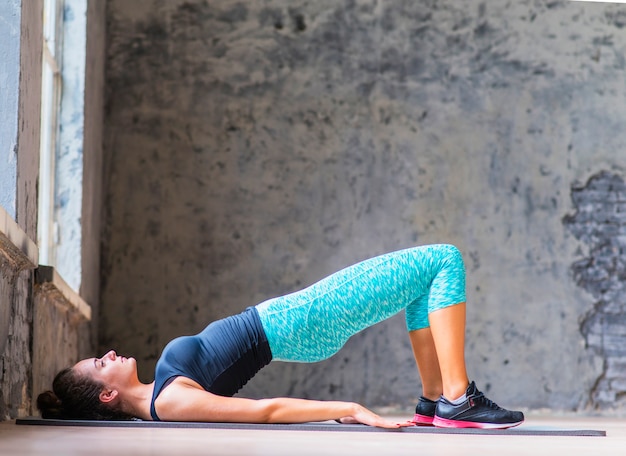
Poor bike fit is one of the leading causes of cycling-related pain. Even minor misalignments—like saddle height, handlebar reach, or cleat positioning—can lead to knee pain, numbness, or lower back discomfort over time.
Form Note: Your knee should be slightly bent (about 25–35 degrees) at the bottom of the pedal stroke when the crank is forward. If your leg is fully extended or overly bent, adjust saddle height accordingly.
Handlebar reach should allow a slight bend in the elbows and a relaxed, neutral spine. If you're hunching or overreaching, consider a shorter stem or adjusting saddle fore/aft position.
Easy Modification: If a professional bike fit isn’t accessible, use online fit calculators and video analysis apps to assess your posture. Small tweaks can yield big comfort improvements.
Cycling is a repetitive motion that reinforces tightness in the hip flexors, calves, and lower back. Without regular mobility work, these areas become restricted, altering biomechanics and increasing injury risk.
Coach’s Tip: Dedicate 10–15 minutes daily to targeted stretching and mobility drills. Focus on:
Use a foam roller on tight quads, IT bands, and glutes 2–3 times per week. Avoid rolling directly over joints or inflamed areas.
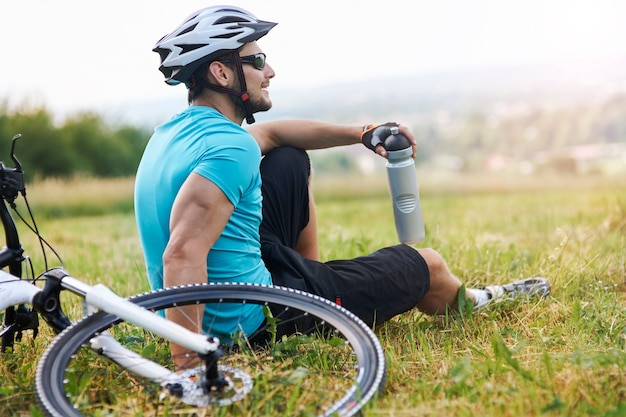
A strong core stabilizes your pelvis and spine during long rides, reducing fatigue and preventing compensatory movements. However, traditional crunches won’t cut it—cyclists need dynamic, functional core work.
Form Note: Focus on anti-rotation and endurance-based exercises that mimic the demands of cycling. Examples include:
Perform these 3 times per week, emphasizing control over speed. A stable core translates to smoother, more efficient pedaling.
Returning to cycling too quickly after an injury can delay healing and lead to chronic issues. A structured, progressive return is essential.
Easy Modification: If recovering from a lower-body injury, start with low-resistance, high-cadence spinning (80–90 RPM) for 15–20 minutes. Keep intensity low and monitor for pain or swelling.
Gradually increase duration by 10% per week, then reintroduce resistance and hills. Use perceived exertion or heart rate zones to stay within safe limits.
Cross-training with swimming or elliptical workouts can maintain fitness without joint loading during early rehab phases.
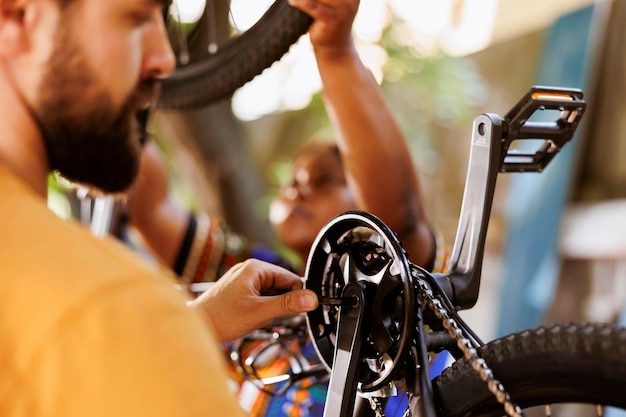
Rehabilitation for cyclists isn’t just about healing—it’s about building resilience. By integrating glute activation, proper bike fit, mobility work, functional core training, and smart load management, you create a foundation that supports long-term performance and injury prevention.
Listen to your body, respect recovery, and treat rehab as a non-negotiable part of your training. Small, consistent efforts today can keep you riding stronger and safer for years to come.

Fitness

Fitness

Fitness

Fitness
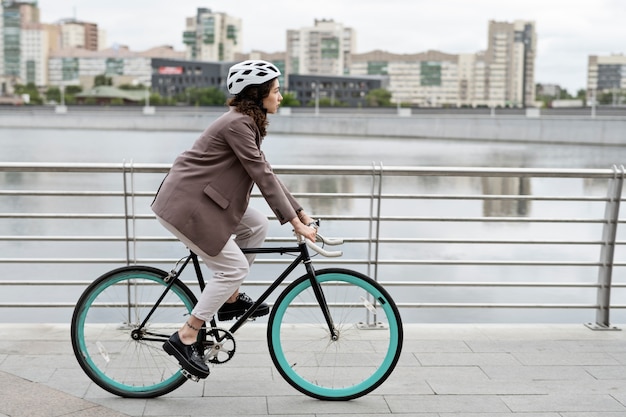
Fitness

Fitness
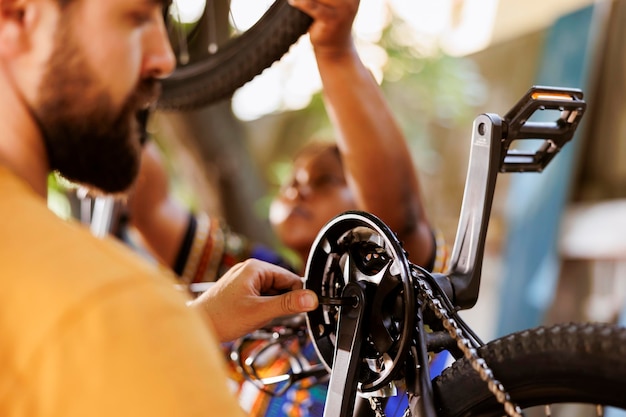
Fitness

Fitness
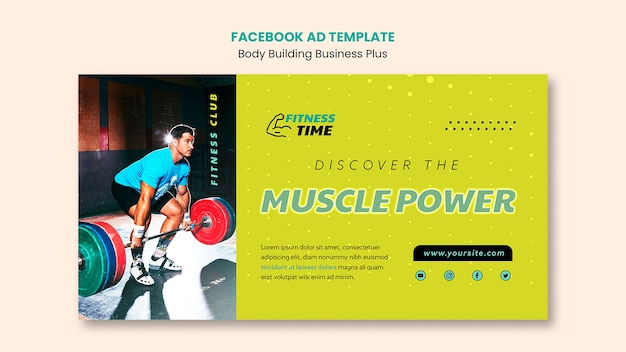
Fitness
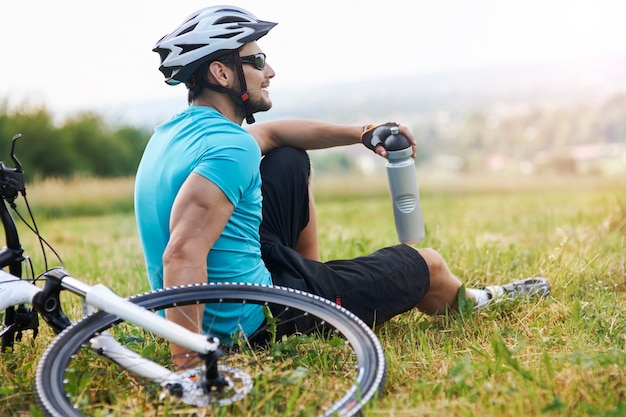
Fitness
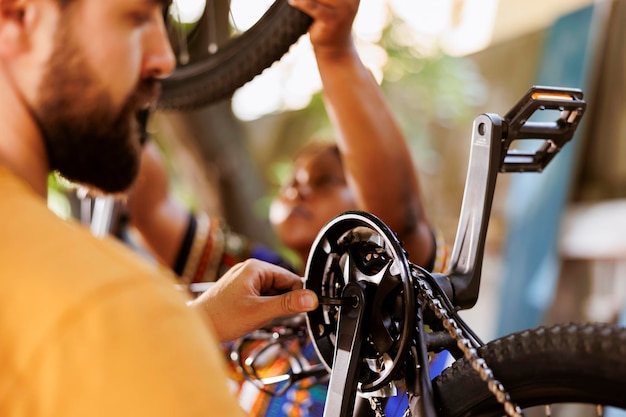
Fitness
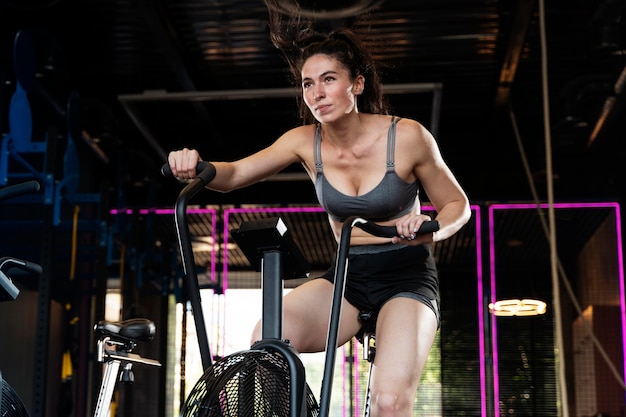
Fitness

Health

Fitness

Health

Health